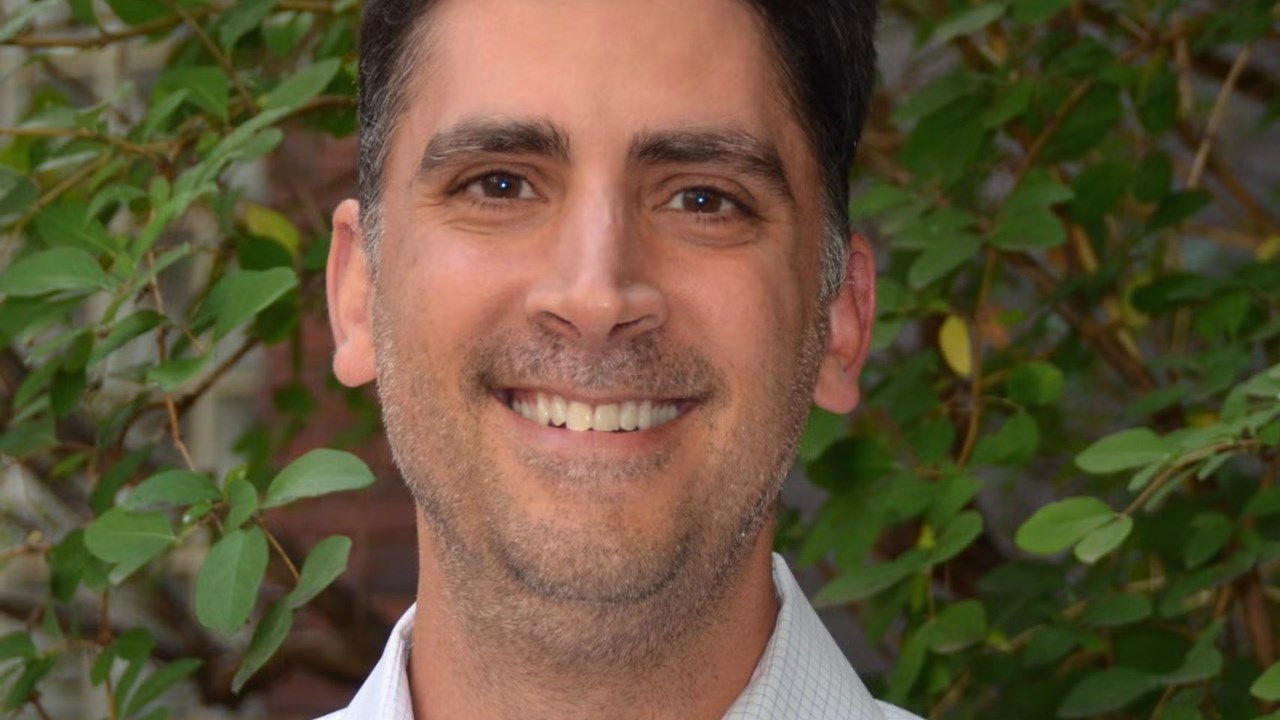NYHET Inom ramen för UCMR Distinguished Guests Seminars Series håller professor Matthew Chapman en föreläsning om funktionell och patogen amyloidbildning.

Matthew Chapman
BildUniversity of MichiganTid: Fredag 27 juni klockan 10:15-11:15
Plats: P5, Väven, Umeå
Värd: Fredrik Almqvist, Kemiska institutionen
Öppen föreläsning - Registrering behövs inte
Matthew Chapman, Professor and Associate Chair of Graduate Studies, University of Michigan
Amyloids are best known as a hallmark of neurodegenerative diseases like Parkinson’s and Alzheimer’s. However, many organisms can assemble amyloid fibers that are non-toxic and that are intention-built to fulfill functions in the cell. My lab has studied the assembly of such “functional amyloids” and how they might interact with toxic amyloids like those associated with human disease.
Enteric bacteria like E. coli produce curli fibrils, extracellular functional amyloids that are an integral part of the biofilm extracellular matrix. Bacteria tightly regulate the formation of curli fibrils to prevent accumulation of toxic intracellular amyloid intermediates. CsgA is the major proteinaceous component of curli fibrils and contains highly amyloidogenic regions within its five-repeat structure. A chaperone-like protein called CsgC prevents toxic amyloid intermediates from forming in the periplasmic space. At the cell surface during curli formation and in vitro using purified proteins, monomeric CsgA can be recruited into the growing fiber end in seeding process. CsgA is also able to accelerate amyloid-formation by the human protein alpha-synuclein.
To better understand how CsgA impacts alpha-synuclein aggregation, several CsgA homologs were identified and characterized. CsgA homologs from bacteria present in the human microbiome were shown to also accelerate alpha-synuclein aggregation. We also found that CsgC homologs can inhibit CsgA and alpha-synuclein aggregation. CsgC sub-stoichiometrically inhibits CsgA fibrillation and stabilizes an intrinsically disordered form of CsgA in vitro. We show that a highly transient interaction with CsgC is sufficient to delay fibril formation of CsgA. This work will be discussed in the context of bacterial and human protein interactions and their consequences, and also how from the perspective of how the bacteria controls curli amyloid formation to prevent toxicity to its own cellular processes.
Denna webbplats använder kakor (cookies) som lagras i din webbläsare. Vissa kakor är nödvändiga för att sidan ska fungera korrekt och andra är valbara. Du väljer vilka du vill tillåta.